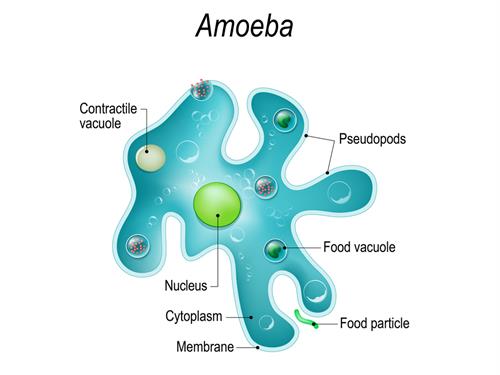PDF chapter test TRY NOW
Water, sugars, minerals and amino acids are essentials of the cell. In plants, these materials are stored in the cell organelle called vacuole. In animals, the same cell organelle helps to isolate the waste materials in the cell. These are storage sacs for solid and liquid contents.
Important!
In animal cell, vacuoles are small-sized, but in plants, the vacuoles an occupy 50 to 90 % of the volume to the cell.
Structure: The vacuole is bounded by a selectively permeable membrane called tonoplast. The sap vacuole is also commonly called as the central vacuole of a cell. It is the large, central organelle that occupies most of the cell volume.
Components: This organelle contains the fluid part is known as the cell sap, which consists of such contents as water, sugars, minerals and amino acids, and some proteins; these materials are essential for the life of plant cell.

Function
In-plant cells:
- Vacuoles help to provide turgidity and rigidity to the cell.
- Vacuoles act as a store house for water-soluble pigments and waste products. It also stores useful minerals and salts.
- Sap vacuole maintains proper osmotic pressure in the cell for its turgidity and absorption of water.
Unicellular organisms like amoeba have food vacuoles; it contains digestive enzymes. With these enzymes help, nutrients are digested, and digested food items are further stored in it.

Contractile vacuoles (present in paramecium) play key role in expelling excess water and soil wastes.

